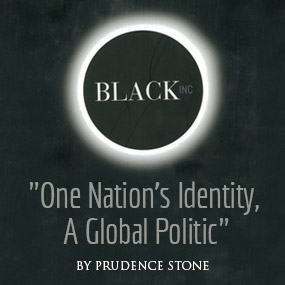Hillary and Tenzing: Friendship at the Roof of the World
Everest conquerors Edmund Hillary and Tenzing Norgay climbed the world’s highest mountain together and ascended its peak “almost together”. Yet the controversy surrounding which of the climbers took the first step on to the summit of Everest was fierce, involving geo-politics, colonialism and inter-Himalayan discrimination, a new book reveals.
Buried in the Sky by Peter Zuckerman and Amanda Padoan examines the 2008 K2 disaster, in which 11 people died, through the experiences of the Sherpa and Pakistani guides, the much neglected essential component of almost all Himalayan ascents.
In the book, the pair fully recount Tenzing’s (and Hillary’s) story to illustrate aspects of the guide’s world, an exceptionally relevant topic given the recent tragedy on Everest. One chapter is excerpted in Men’s Journal.
Tenzing was an ethnic Bhote, people whom the Sherpanis disdained and actively discouraged from the high-paying guide work that was their preserve. But Tenzing persevered and eventually clocked more hours on the mountain “than any mortal alive,” Zuckerman and Padoan write.
For the 1953 British attempt, Tenzing was made Sirdar, chief of the mountain workers and full-team member, an honour he acknowledged by quitting smoking at the age of 39. He became fast friends with a bee-keeper from New Zealand, Ed Hillary, a friendship forged in life-threatening circumstances.
“Hillary had tried to jump a crevasse but landed short, breaking off a cornice,” the book recounts. “He slid with the ice sheet into the chasm. As Hillary grasped for the sides, Tenzing snagged the trailing line, flicked it around his axe and planted the axe into the mountain.
“The rope yanked tight. Hillary’s ice axe and a single crampon dropped into the fissure.”
Then it was Hillary’s turn to help Tenzing: “[Hillary] cut steps toward their final obstacle, a 40-foot protrusion of near-vertical rock, now named the Hillary Step. Sherpas call it Tenzing’s Back but in fact it was Hillary who led the section, taking advantage of every little rock hold and all the force of knee, shoulder and arms.
“As Hillary heaved hard on the rope, Tenzing stemmed up a crack in the rock face and finally collapsed, exhausted, at the top, like a giant fish when it has been hauled from the sea after a terrible struggle.”
At the top, Tenzing couldn’t work the camera, so it was Hillary who snapped “Britain’s iconic victory image” of a native Bhote holding four flags, the most prominent of which was the Union Jack.
But the accolades – King George Medal, the Star of Nepal award, an Indian passport and suits from Nehru’s own wardrobe – and the subsequent fallout over who took the first fateful step became an international scandal.
It was compounded by who could claim Tenzing as the ethnic son – Bhota or Sherpa (both his wives were Sherpas)? If it was Bhota, China, who had already invaded and claimed Tibet, stood on the sidelines ready to claim Everest as a Chinese victory, Zuckerman and Padoan write.
Tenzing’s son Jamling later said: “People still ask who was first and it doesn’t matter.”














